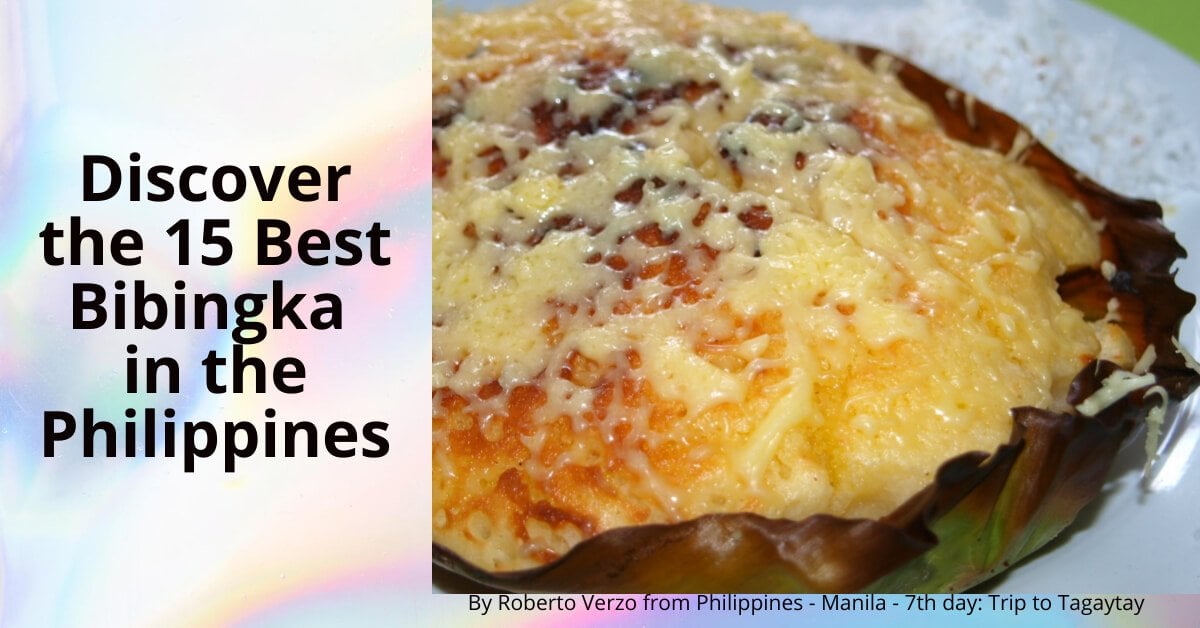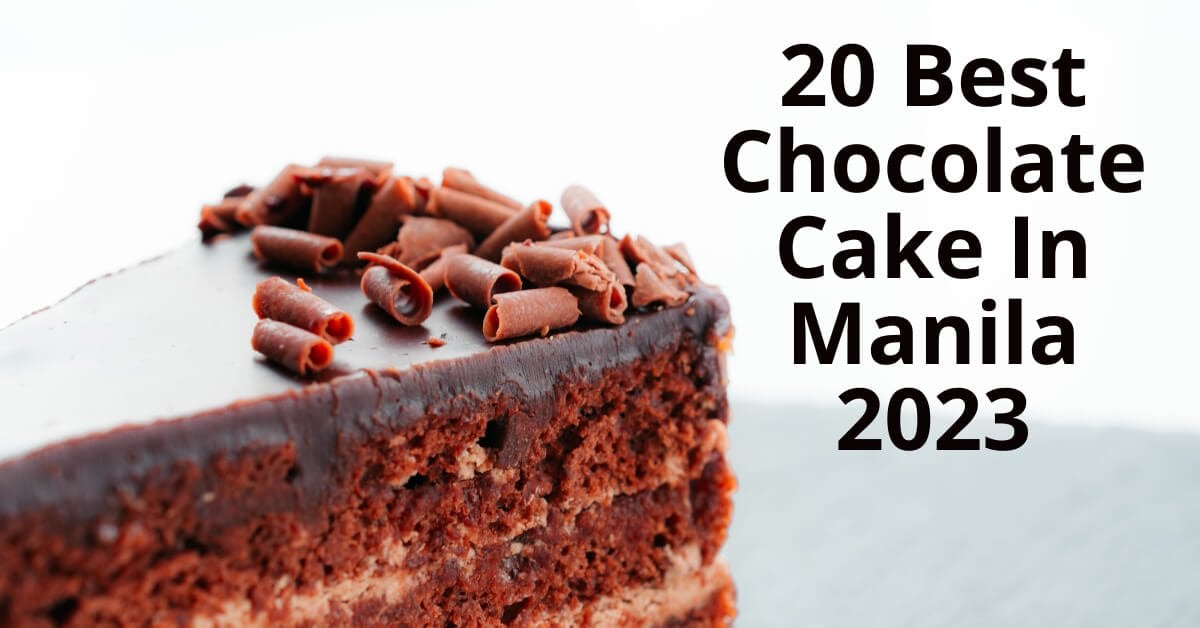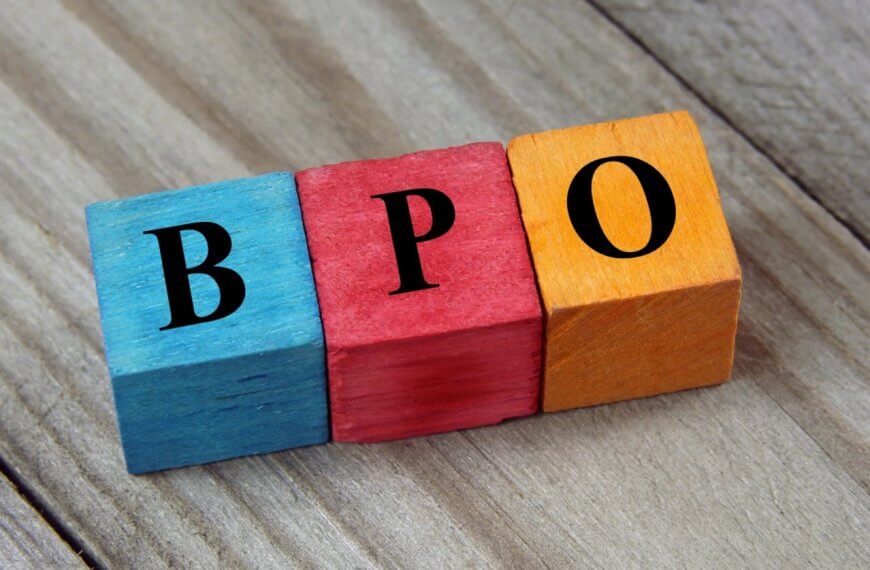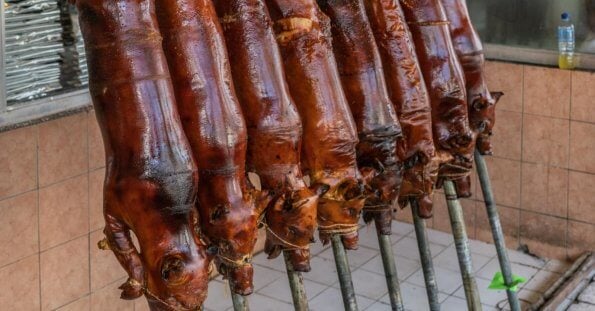Savoring the Taste of Tradition with the Best Bibingka in the Philippines
Bibingka, a quintessential Filipino rice cake, is known for its deliciously soft and fluffy texture, coupled with a subtle sweetness that makes it a favorite treat during the holiday season. This traditional delicacy holds a special place in Filipino culture and is often enjoyed during family gatherings and Simbang Gabi (night mass). With countless local brands and bakeries offering their own unique spin on this classic dessert, the quest for the best bibingka in the Philippines is an exciting adventure. In this article, we’ll explore the rich history of bibingka, discuss its significance in Filipino culture, and present our top 15 bibingka recommendations with brand, location, price, and taste ratings.
A Brief History of Bibingka
- The Origin of Bibingka
The history of bibingka traces back to pre-colonial times when native Filipinos used rice flour as their primary ingredient for making various kakanin (rice delicacies). The term “bibingka” is derived from the word “bibing,” meaning “to rise,” referring to the cake‘s characteristic fluffy texture. Traditionally, bibingka was cooked in clay pots, lined with banana leaves, and heated with charcoal from both top and bottom, giving the cake a distinct smoky flavor.
- Bibingka and Filipino Culture
Bibingka has become synonymous with Christmas in the Philippines, as it is commonly sold outside churches during the Simbang Gabi. The warmth of bibingka during the cold December nights adds to the festive spirit, making it an integral part of Filipino holiday celebrations. Today, bibingka is enjoyed not only during the holidays but also at various occasions, including birthdays, weddings, and fiestas.
Expounding on the Best Bibingka in the Philippines
- Traditional vs. Modern Bibingka
The traditional bibingka recipe consists of rice flour, sugar, coconut milk, and eggs, topped with salted duck eggs and kesong puti (white cheese). Modern interpretations of bibingka have expanded to include various toppings and flavors, such as ube (purple yam), pandan, and chocolate.
- The Quest for the Best Bibingka
The best bibingka should strike a balance between its fluffy texture, sweetness, and the complementing flavors of its toppings. Our list of the top 15 bibingka in the Philippines takes into consideration these factors, along with the overall customer experience, location, and price.
15 Best Bibingka in the Philippines
| No. | Brand | Description | Location | Price Range (PHP) | Taste Rating (out of 5) |
|---|---|---|---|---|---|
| 1 | Ferino’s Bibingka | Traditional bibingka with a distinct flavor since 1938 | Quezon City | 150-350 | 4.8 |
| 2 | Via Mare | Variety of bibingka flavors, known since 1975 | Multiple branches | 135-250 | 4.7 |
| 3 | Bibingkinitan | Bite-sized bibingka, perfect for pasalubong | Multiple branches | 50-100 | 4.5 |
| 4 | Aristocrat Restaurant | Fluffy and flavorful bibingka in a renowned Filipino dining establishment | Multiple branches | 90-200 | 4.6 |
| 5 | Aling Banang’s Bibingka | Sweet and savory bibingka, a holiday season crowd favorite | San Juan City | 60-150 | 4.4 |
| 6 | Nena’s Special Bibingka | Deliciously soft and moist bibingka with a traditional recipe | Pasig City | 80-250 | 4.5 |
| 7 | Chateau de Bagnet | Bibingka with a unique twist, blending bagnet and salted egg toppings | Multiple branches | 100-200 | 4.3 |
| 8 | Biko Latik | Fusion of traditional and modern flavors with ube-pandan bibingka and latik topping | Quezon City | 70-150 | 4.4 |
| 9 | LJC Bibingka | Signature bibingka with salted egg and white cheese, served warm and fresh | Multiple branches | 130-300 | 4.2 |
| 10 | Sari’s Kitchen | Delicious and fluffy bibingka made with a traditional recipe | Cebu City | 90-250 | 4.6 |
| 11 | Susie’s Cuisine | A must-try bibingka that perfectly captures the essence of this traditional dessert | Pampanga | 80-200 | 4.5 |
| 12 | Mila’s Bibingka | A well-loved bibingka recipe passed down through generations | Davao City | 75-200 | 4.3 |
| 13 | Mary Grace | A delightful blend of sweet and savory flavors with salted egg and white cheese toppings | Multiple branches | 140-280 | 4.6 |
| 14 | Maridel’s Bibingka | Authentic bibingka that highlights the smoky flavors from traditional cooking methods | Baguio City | 70-180 | 4.4 |
| 15 | Lola Laida’s Bibingka | Homemade-style bibingka with a variety of toppings and flavors | Iloilo City | 65-190 | 4.5 |
Basic Bibingka Recipe: How to Cook Bibingka at Home
Ingredients:
- 2 cups rice flour
- 1/2 cup all-purpose flour
- 1 cup granulated sugar
- 1 teaspoon baking powder
- 1/4 teaspoon salt
- 3 large eggs
- 1 1/2 cups coconut milk
- 1/4 cup melted unsalted butter
- 1-2 pieces salted duck eggs, sliced
- 1/2 cup grated fresh coconut or desiccated coconut
- 1/2 cup kesong puti (Filipino white cheese), sliced or crumbled
- Banana leaves (optional)
Instructions:
- Preheat your oven to 350°F (175°C).
- If using banana leaves, clean them by wiping with a damp cloth, then briefly pass them over an open flame to soften and make them more pliable. Line a 9-inch round baking pan with the banana leaves, trimming any excess. If not using banana leaves, grease the baking pan with butter or cooking spray.
- In a large mixing bowl, combine the rice flour, all-purpose flour, sugar, baking powder, and salt. Mix well.
- In a separate bowl, whisk together the eggs, coconut milk, and melted butter.
- Gradually add the wet ingredients to the dry ingredients, mixing until a smooth batter is formed.
- Pour the batter into the prepared baking pan, ensuring it is evenly distributed.
- Bake in the preheated oven for 20-25 minutes, or until the top of the bibingka starts to set.
- Remove the bibingka from the oven and carefully arrange the salted duck egg slices and kesong puti on top.
- Return the bibingka to the oven and bake for another 15-20 minutes, or until a toothpick inserted in the center comes out clean and the top is golden brown.
- Once cooked, remove the bibingka from the oven and let it cool for a few minutes.
- Sprinkle the grated coconut or desiccated coconut over the top of the bibingka.
- Slice the bibingka into wedges and serve warm.
Enjoy the delicious taste of homemade bibingka, a classic Filipino dessert that brings warmth and joy to any occasion.
Top 10 FAQs About Bibingka
- What is bibingka made of? Bibingka is made of rice flour, sugar, coconut milk, and eggs, traditionally topped with salted duck eggs and kesong puti (white cheese).
- Why is bibingka popular during Christmas? Bibingka is popular during Christmas because it is commonly sold outside churches during Simbang Gabi, a nine-day series of night masses leading up to Christmas Day.
- How is traditional bibingka cooked? Traditional bibingka is cooked in clay pots lined with banana leaves and heated with charcoal from both the top and bottom.
- What are some modern twists on bibingka? Modern twists on bibingka include various flavors such as ube (purple yam), pandan, and chocolate, as well as a range of toppings.
- How long can bibingka last? Bibingka can last for 2-3 days at room temperature, or up to a week when refrigerated. It is best consumed when freshly cooked and still warm.
- Is bibingka gluten-free? Since bibingka is made with rice flour, it is naturally gluten-free. However, some versions may contain other ingredients that include gluten, so it’s essential to check the specific recipe or ask the vendor.
- What is the difference between bibingka and puto? Bibingka is a type of Filipino rice cake that is soft, fluffy, and slightly sweet, while puto is a steamed rice cake that is more compact and has a slightly different flavor profile.
- How do you reheat bibingka? To reheat bibingka, you can use a microwave, toaster oven, or traditional oven at a low temperature. Make sure to wrap the bibingka in a moist paper towel or banana leaf to retain its moisture.
- What is the origin of bibingka? Bibingka traces its origin back to pre-colonial times when native Filipinos used rice flour as their primary ingredient for making various kakanin (rice delicacies).
- Can bibingka be frozen? Yes, bibingka can be frozen for up to a month. Make sure to wrap it tightly in plastic wrap or aluminum foil and store it in an airtight container to preserve its freshness. Thaw it in the refrigerator and reheat it gently before serving.
Celebrating the Rich Culinary Heritage of the Philippines with Bibingka
Bibingka embodies the rich culinary heritage of the Philippines, representing not only a delectable treat but also a cultural symbol that brings people together during festive occasions. As we’ve explored the best bibingka offerings across the country, we’ve seen how this traditional delicacy has evolved over time, adapting to modern tastes while preserving its unique essence.
The Philippines’ diverse flavors and culinary traditions are an essential part of the nation’s identity, and bibingka stands as a testament to this vibrant tapestry of flavors. By supporting local businesses and sharing our love for bibingka with friends and family, we contribute to keeping these culinary traditions alive and thriving.
So, as you savor the taste of bibingka, remember that each bite tells a story that spans generations and reflects the warm spirit of Filipino hospitality. Embark on this scrumptious journey and discover the rich history and unique flavors that make bibingka a beloved treasure of the Philippines.
























